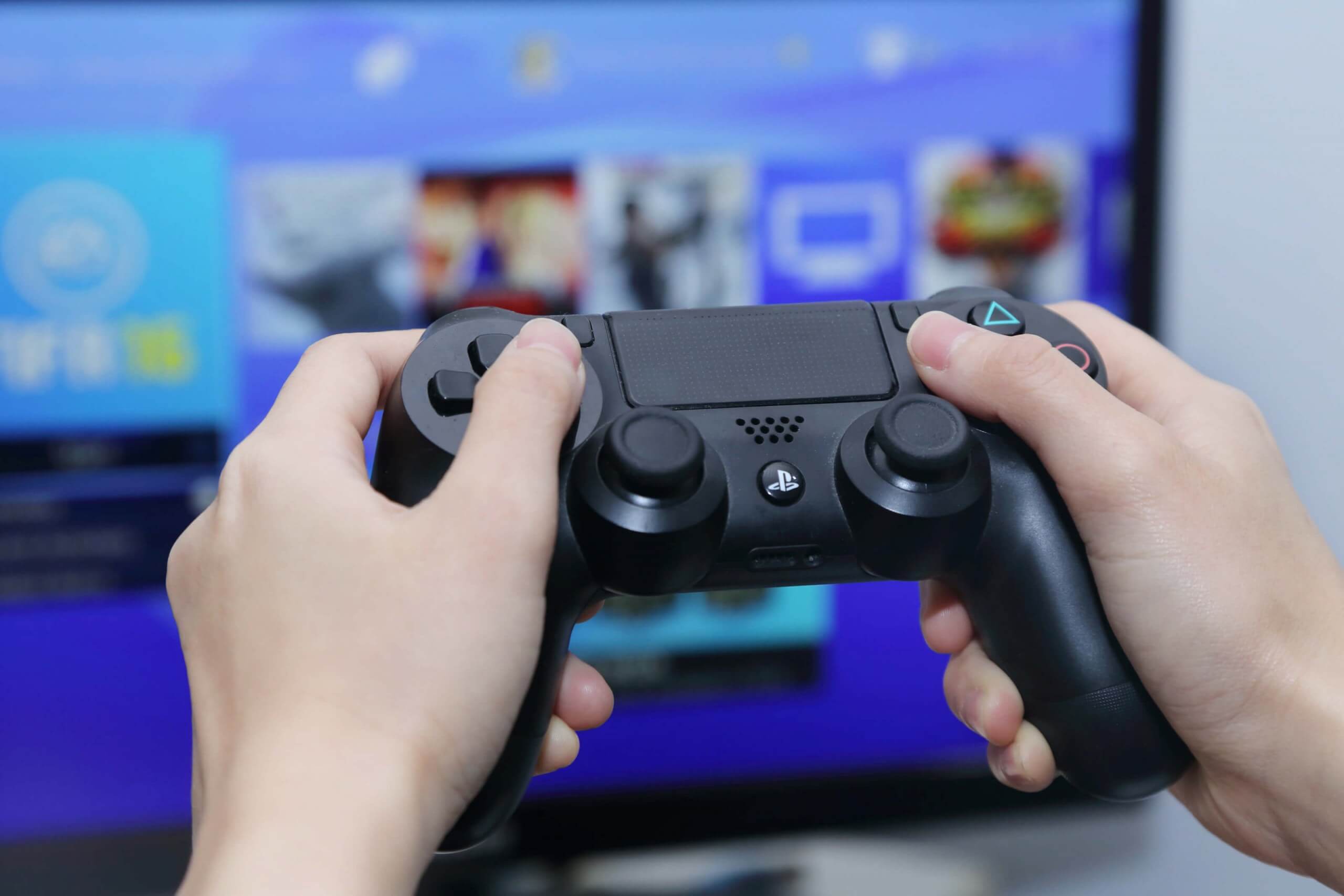

- How to use ps4 controller on steam with the wireless dongle how to#
- How to use ps4 controller on steam with the wireless dongle drivers#
- How to use ps4 controller on steam with the wireless dongle update#
- How to use ps4 controller on steam with the wireless dongle driver#
How to use ps4 controller on steam with the wireless dongle driver#
You need to load a module for your gameport ( ns558, emu10k1-gp, cs461x, etc.), a module for your joystick ( analog, sidewinder, adi, etc.), and finally the kernel joystick device driver ( joydev). Please have a look at the documentation mentioned above for details. Older ISA soundcards may need the ns558 module, which is a standard gameport module.Īs you can see, there are many different modules related to getting your joystick working in Linux, so I could not possibly cover everything here.
How to use ps4 controller on steam with the wireless dongle drivers#
If your joystick is plugging in to a gameport provided by your soundcard, you will need your soundcard drivers loaded - however, some cards, like the Soundblaster Live, have a specific gameport driver ( emu10k1-gp). Many older joysticks will work with the simple analog module. Some joysticks need specific modules, such as the Microsoft Sidewinder controllers ( sidewinder), or the Logitech digital controllers ( adi). Here is a link to the documentation from the latest kernel. You can browse the kernel source tree at by clicking the "browse" (cgit - the git frontend) link for the kernel that you are using, then clicking the "tree" link near the top. If you have the kernel sources downloaded, have a look at Documentation/input/joydev/. Unfortunately, pacman kernel packages do not include what we need. Unless you are using very old joystick that uses Gameport or a proprietary USB protocol, you will need just the generic USB Human Interface Device (HID) modules.įor an extensive overview of all joystick related modules in Linux, you will need access to the Linux kernel sources - specifically the Documentation section. SDL2 supports only the new evdev interface. While SDL1 defaults to evdev interface you can force it to use the old Joystick API by setting the environment variable SDL_JOYSTICK_DEVICE=/dev/input/js0. Most new games will default to the evdev interface as it gives more detailed information about the buttons and axes available and also adds support for force feedback. Symbolic links to those devices are also available in /dev/input/by-id/ and /dev/input/by-path/ where the legacy Joystick API has names ending with -joystick while the evdev have names ending with -event-joystick. dev/input/jsX maps to the Joystick API interface and /dev/input/event* maps to the evdev ones (this also includes other input devices such as mice and keyboards). Linux has two different input systems for Gamepads – the original Joystick interface and the newer evdev-based interface. (Discuss in Talk:Gamepad#Joystick API vibration support)

How to use ps4 controller on steam with the wireless dongle how to#
Reason: Need info about differences between API, how to switch between them.

7.12.5 Disable touchpad acting as mouse.7.12.4 Fix Motion control conflict (gamepad will not work on some applications).7.10 PlayStation 2 controller via USB adapter.7.8.3 Connect Xbox Wireless Controller with Microsoft Xbox Wireless Adapter.

How to use ps4 controller on steam with the wireless dongle update#
7.8.2.1 Update controller firmware via Windows 10.7.8.2 Connect Xbox Wireless Controller with Bluetooth.7.8.1 Connect Xbox Wireless Controller with usb cable.7.8 Xbox Wireless Controller / Xbox One Wireless Controller.7.7.1.2 Mimic Xbox 360 controller with other controllers.7.5 iPEGA-9017s and other Bluetooth gamepads.7.4.2 Dolphin (Gamecube Controller Emulation).7.4.1.4 Using hid-nintendo with SDL2 Games.7.4.1.3 Using hid-nintendo pro controller with Steam Games (with joycond).7.4.1.2 Using hid-nintendo pro controller with Steam Games (without joycond).7.4 Nintendo Switch Pro Controller and Joy-Cons.5 Disable joystick from controlling mouse.4.5 Configuring curves and responsiveness.2.1 Loading the modules for analogue devices.


 0 kommentar(er)
0 kommentar(er)
